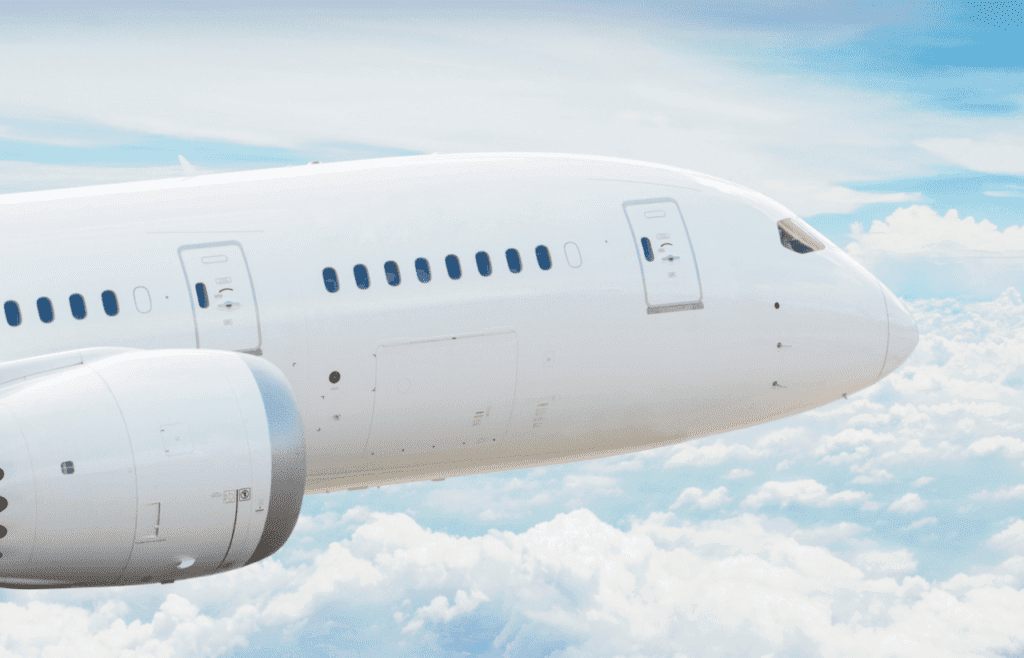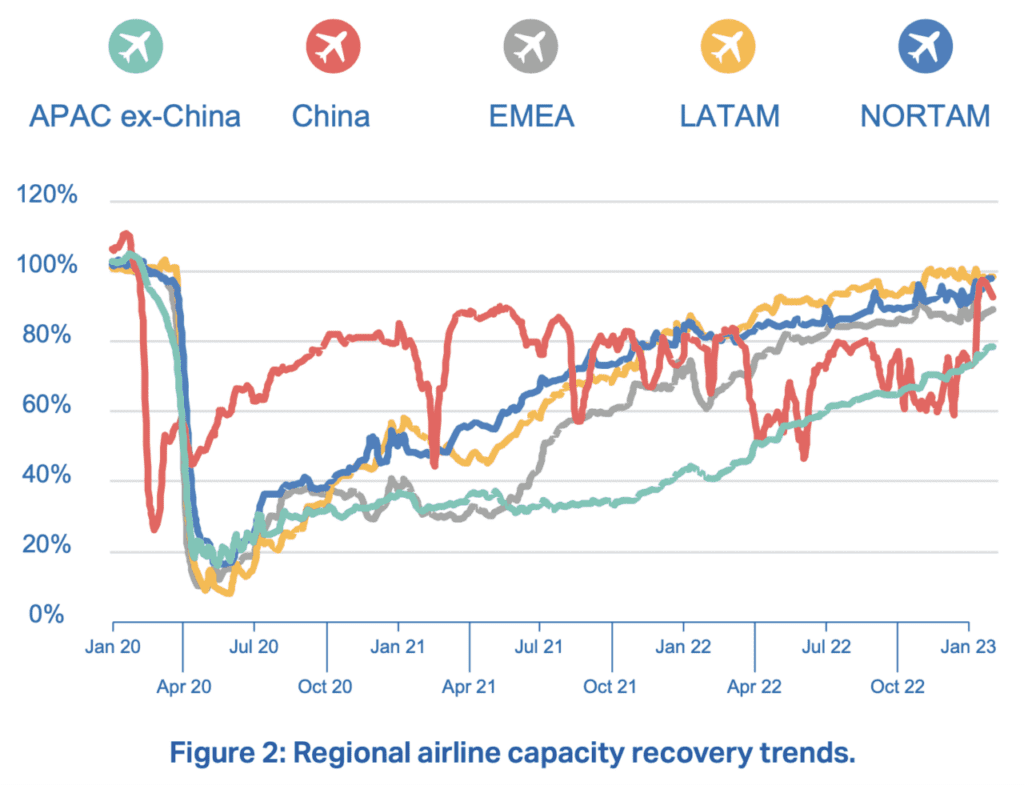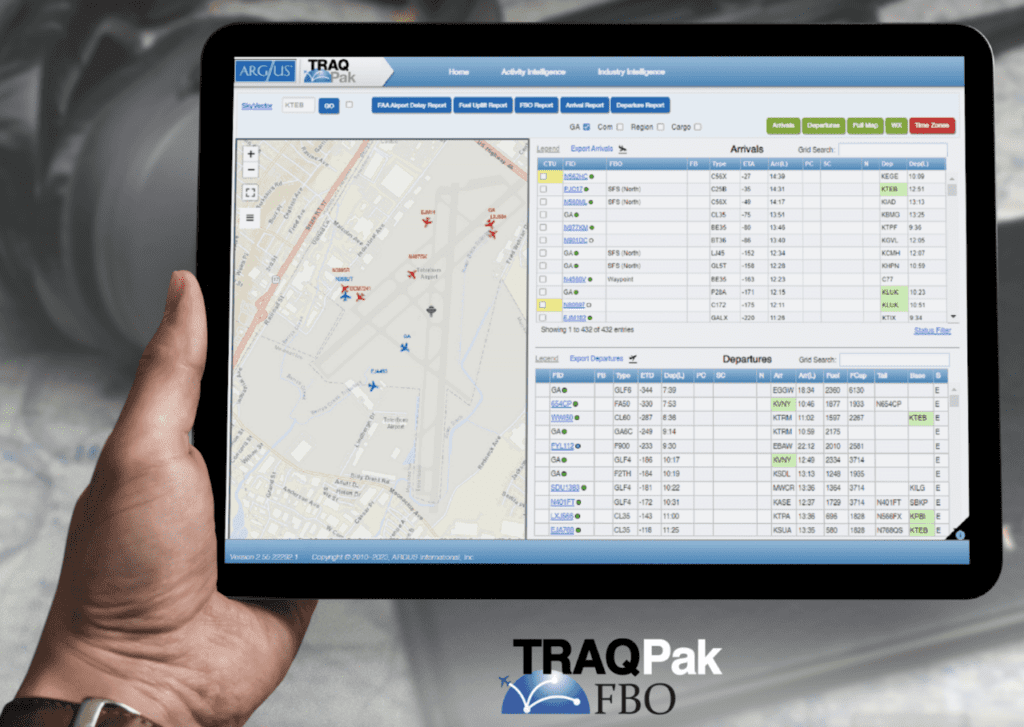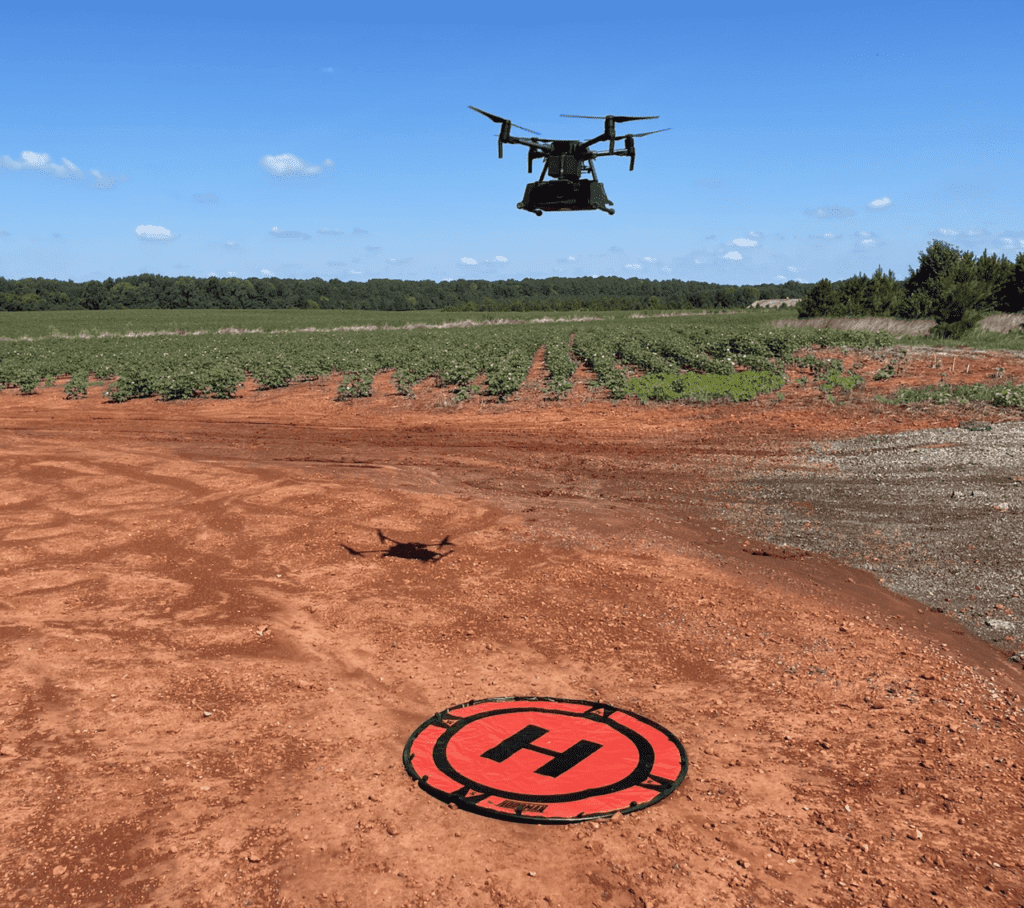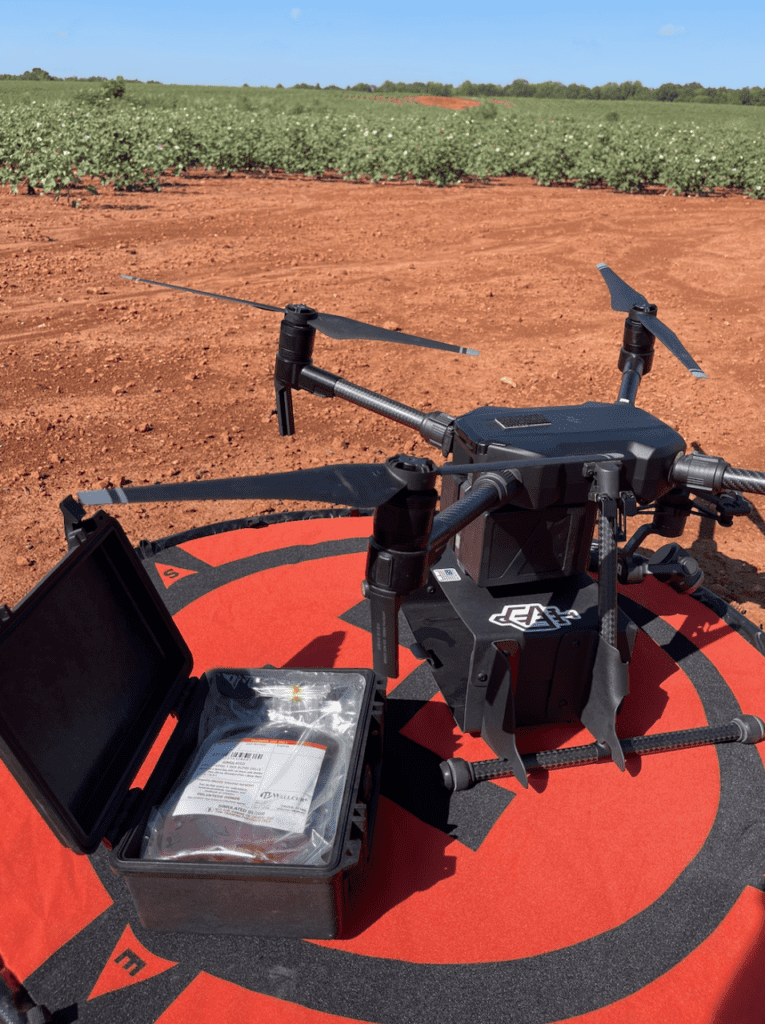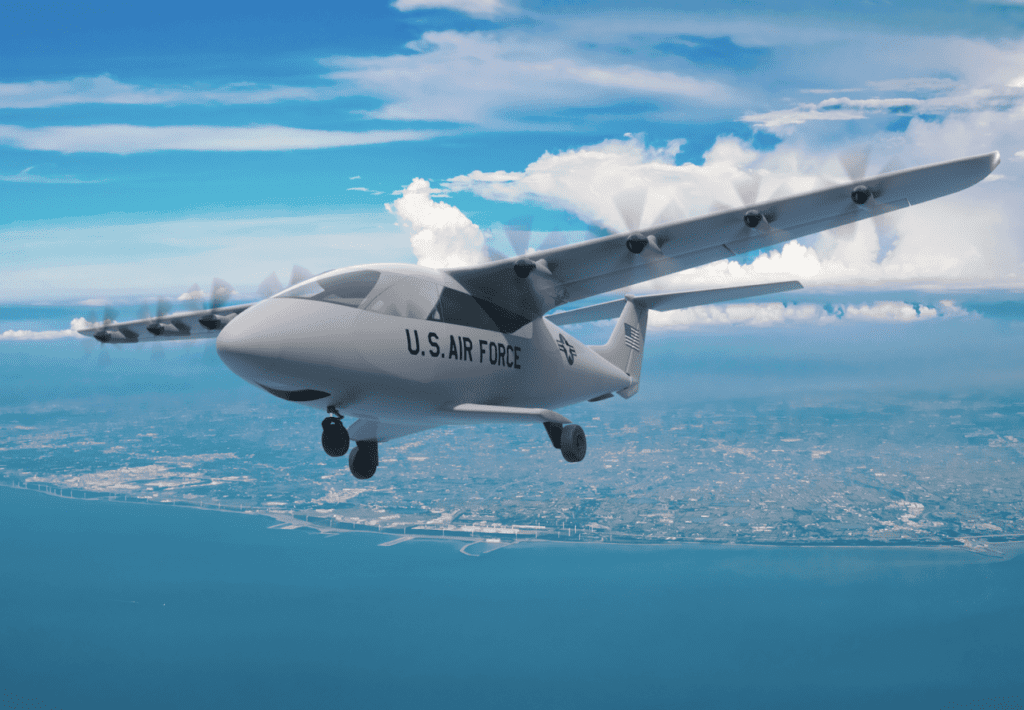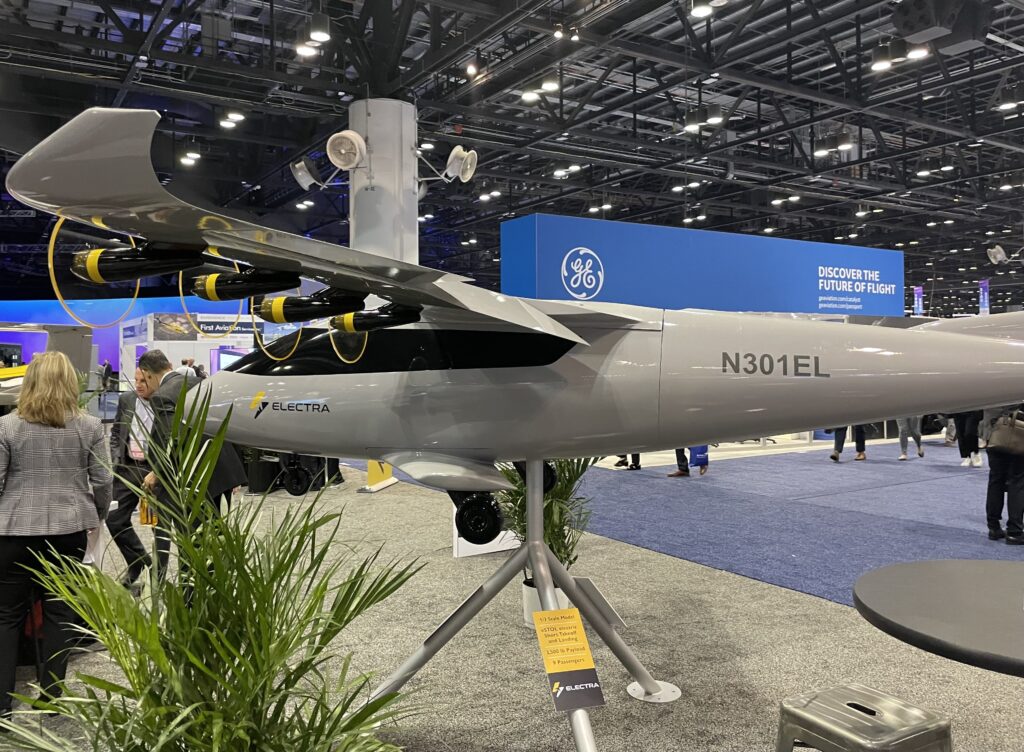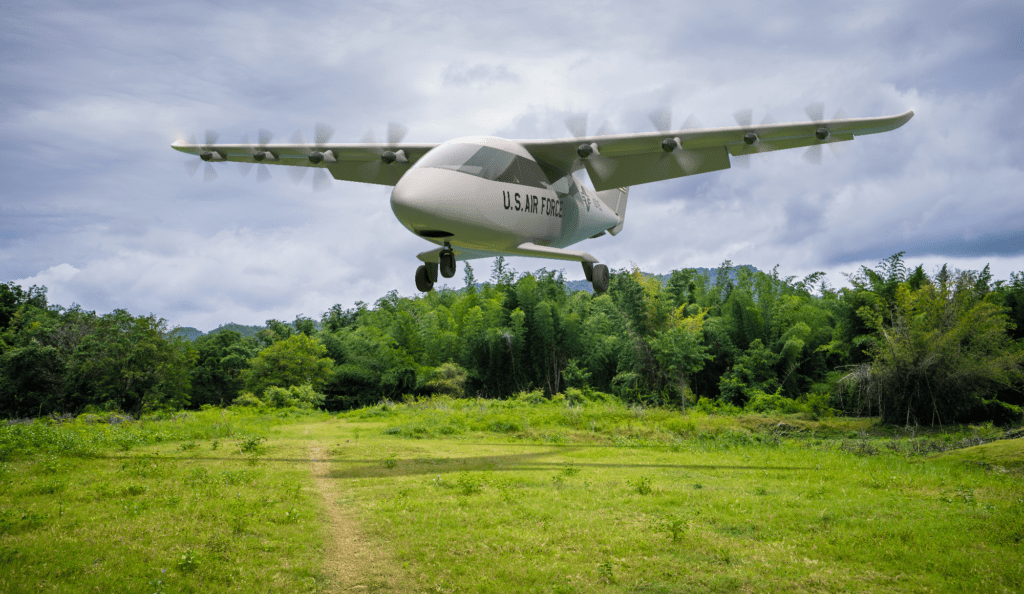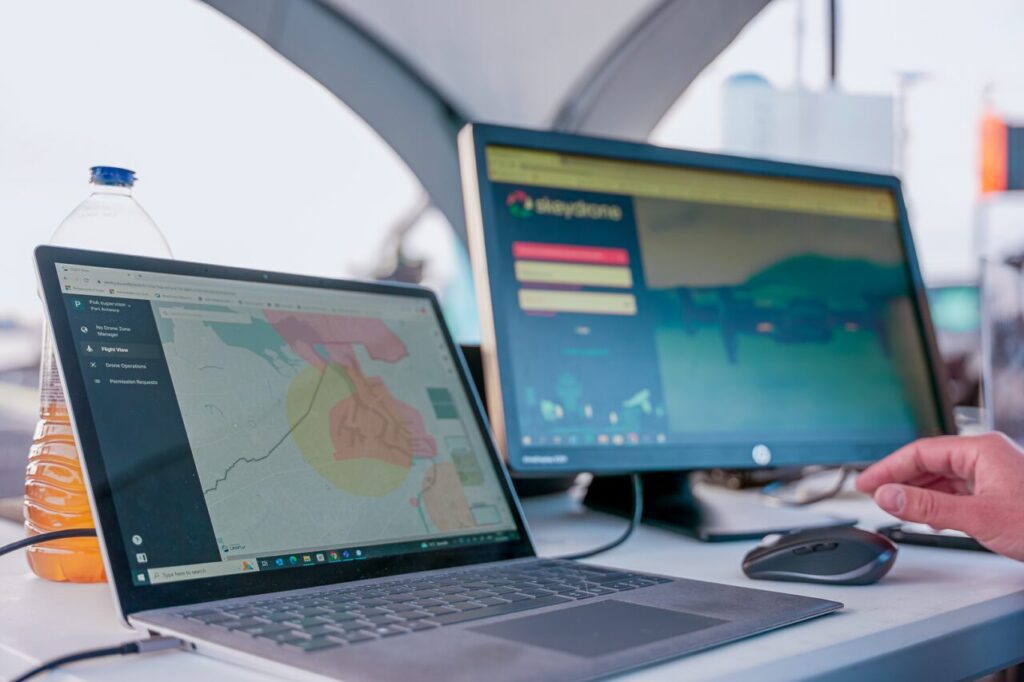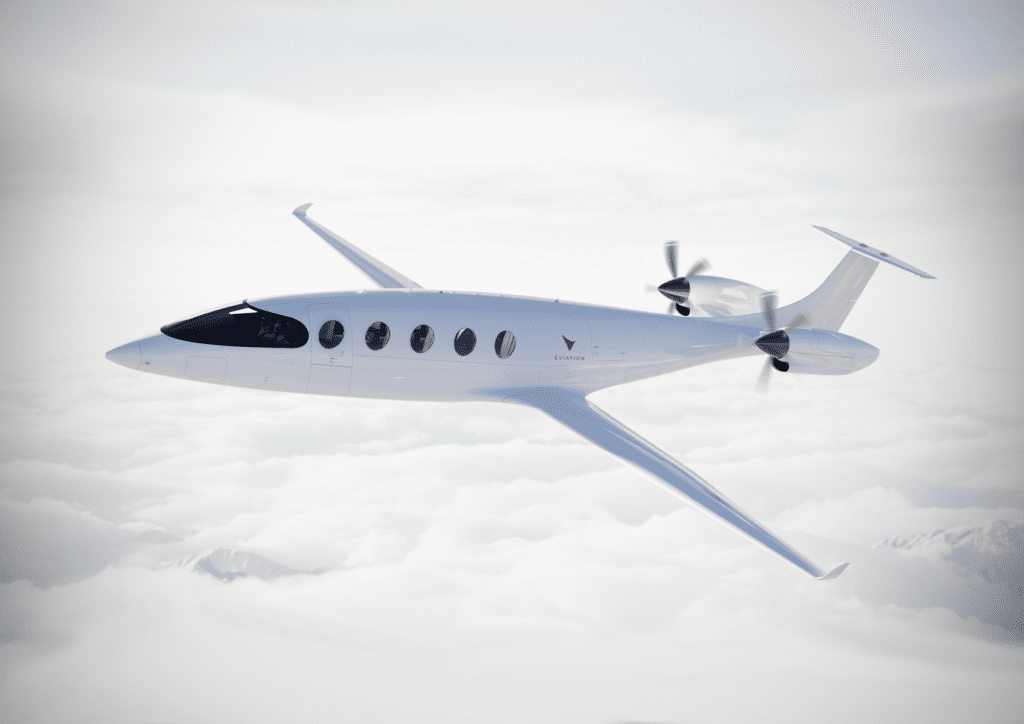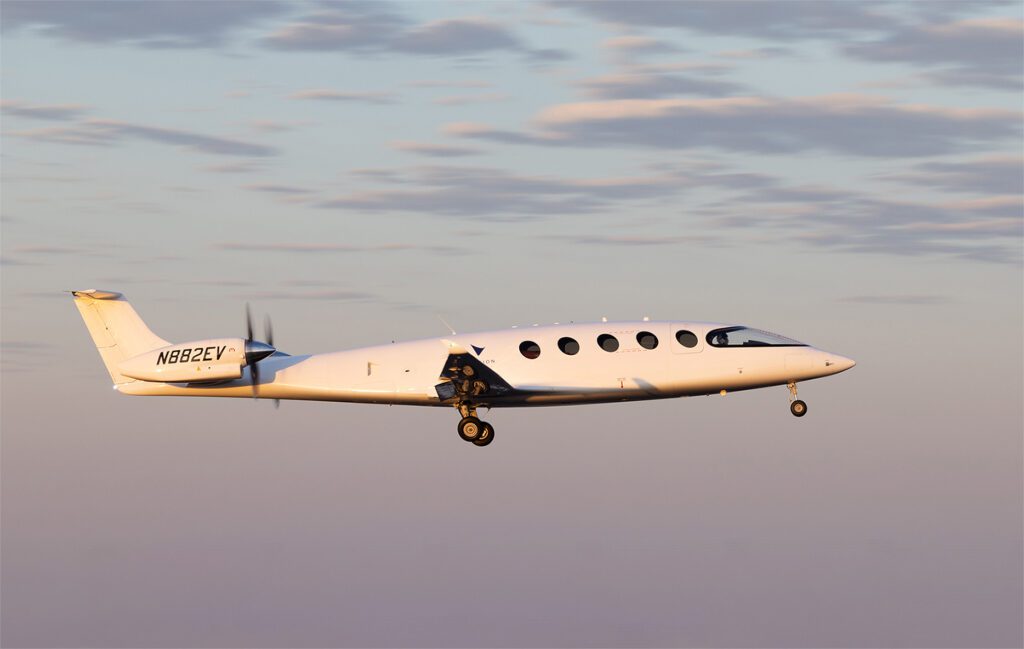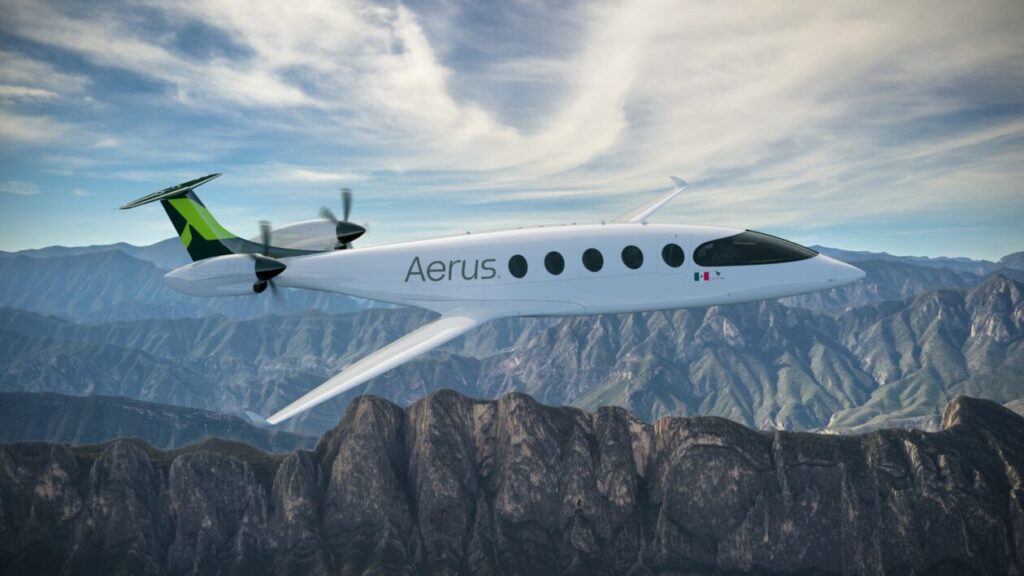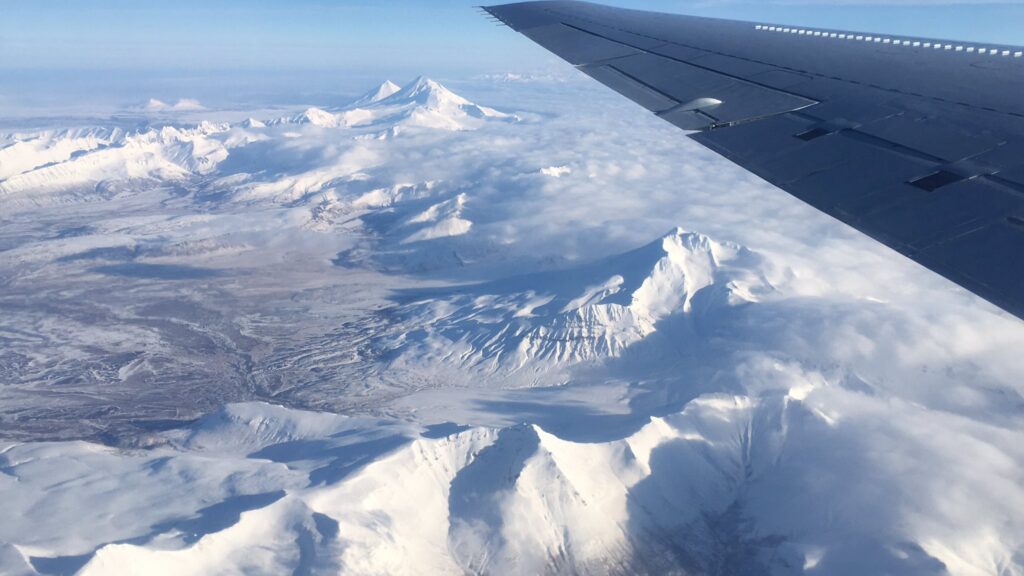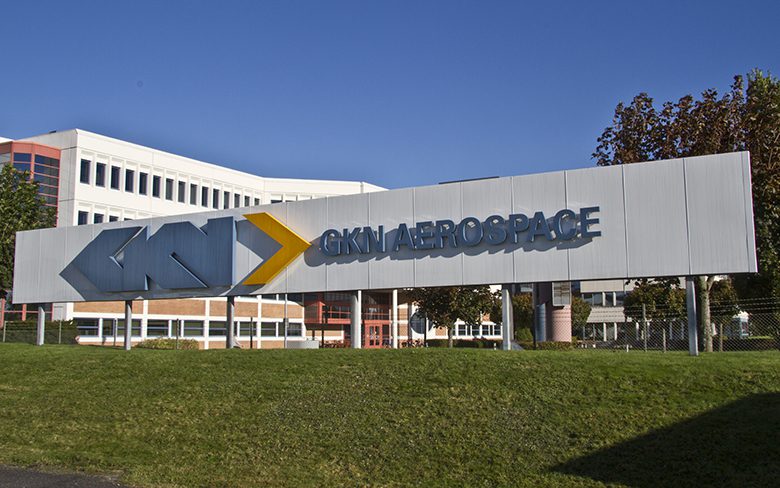Embraer Delivers Newly Certified Phenom 300MED to Launch Customer GrandView
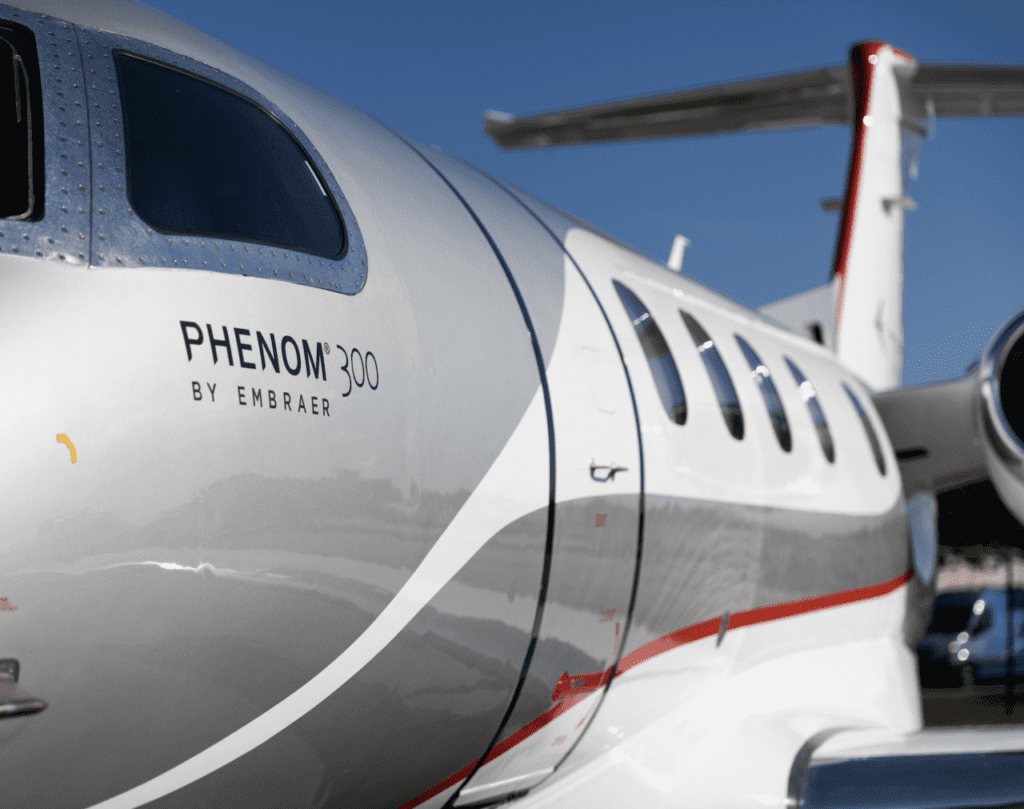

The Phenom 300MED, pictured above, has received the Supplemental Type Certificate (STC) from the FAA and the European Union Aviation Safety Agency (EASA). (Photo: Embraer)
Embraer Executive Jets has delivered the first Phenom 300MED to Middle River, Maryland-based GrandView Aviation after the aircraft received its Supplemental Type Certificate (STC).
Both the US Federal Aviation Administration (FAA) and the European Aviation Safety Agency (EASA) approved the STC for the Phenom 300MED, a medevac aircraft based on the Phenom 300 light jet. The medevac model is available for new and in-service Phenom 300s and is exclusively installed by Embraer.
The Brazilian manufacturer said the Phenom 300MED can accommodate two stretchers and additional medical equipment. The aircraft is powered by two Pratt & Whitney Canada PW500 engines.
An aeromedical interior featuring an intensive care unit (ICU) was developed by German engineering firm umlaut, a subsidiary of Accenture, and Switzerland’s Aerolite, which provided the medical equipment. “As per the certification requirements, umlaut conducted an evacuation test to confirm two fully disabled patients could be evacuated,” Embraer said in a statement.

A new 300MED has a maximum speed of Mach 0.8 and a range of just over 2,000 nautical miles. It can fly at an altitude of 6,600 feet. (Photo: Embraer)
According to umlaut, “the certification included extensive analyses of the medical oxygen system and of the new interior cabinets and components to ensure the safety of passengers and patients on board.”
The company said it worked with Embraer to create multiple cabin configurations for the Phenom 300MED. “These configurations include cabin layouts either with one or two stretchers and different seating layouts,” umlaut said. “The intensive care units comprise electrical power supply provisions and [there are] integrated medical oxygen systems in each ICU. Additional medical equipment can be attached to mounting racks, ceiling rails or stored inside the new medical cabinet.”
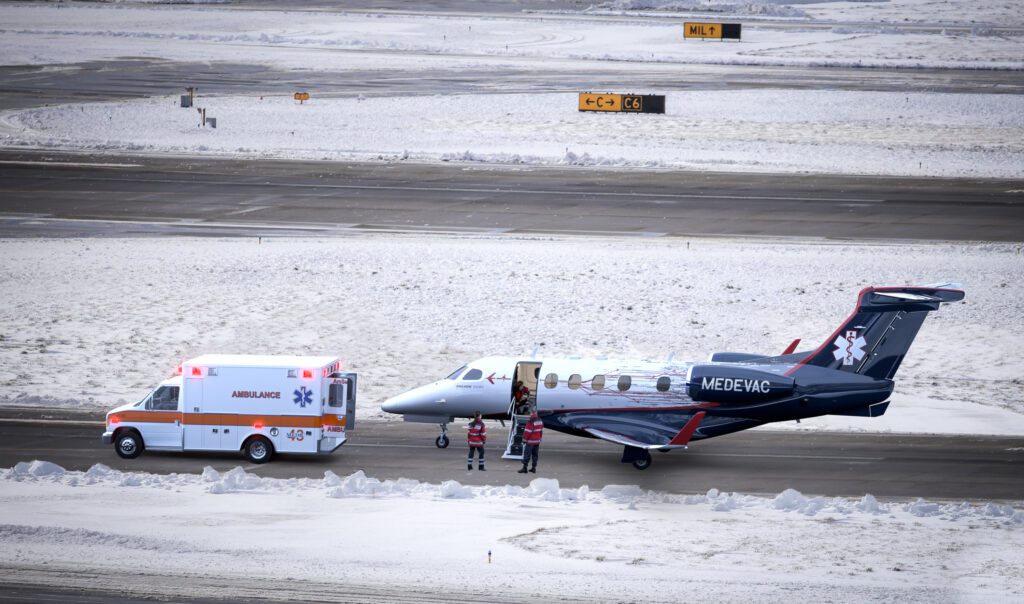
The Medevac solution is available for new and in-service aircraft and is exclusively installed by Embraer’s Services & Support organization. (Photo: Embraer)
On-demand charter operator Grandview, which took delivery of the aircraft at Embraer’s Fort Lauderdale, Florida facilities, is the Phenom 300MED’s launch customer.
“The Medevac solution provides superior value, benefiting from a market-leading product such as the Phenom 300 series, combining its unique capabilities with a fully-comprehensive medical solution,” Embraer VP-Worldwide Executive Jets Customer Support & Aftermarket Sales Marsha Woelber said.
Grandview said it will be able to convert the 300MED between its medevac configuration and a VIP configuration “in a matter of hours, providing the company with unmatched operational flexibility.”
A new 300MED has a maximum speed of Mach 0.8 and a range of just over 2,000 nautical miles. It can fly at an altitude of 6,600 feet.
“The Phenom 300MED benefits from the platform’s heritage of best-in-class cabin pressurization, low operating costs, high mission flexibility, state-of-the-art avionics, plus its speed and range capabilities,” Embraer said.
The post Embraer Delivers Newly Certified Phenom 300MED to Launch Customer GrandView appeared first on Avionics International.
—————
Boost Internet Speed–
Free Business Hosting–
Free Email Account–
Dropcatch–
Free Secure Email–
Secure Email–
Cheap VOIP Calls–
Free Hosting–
Boost Inflight Wifi–
Premium Domains–
Free Domains






